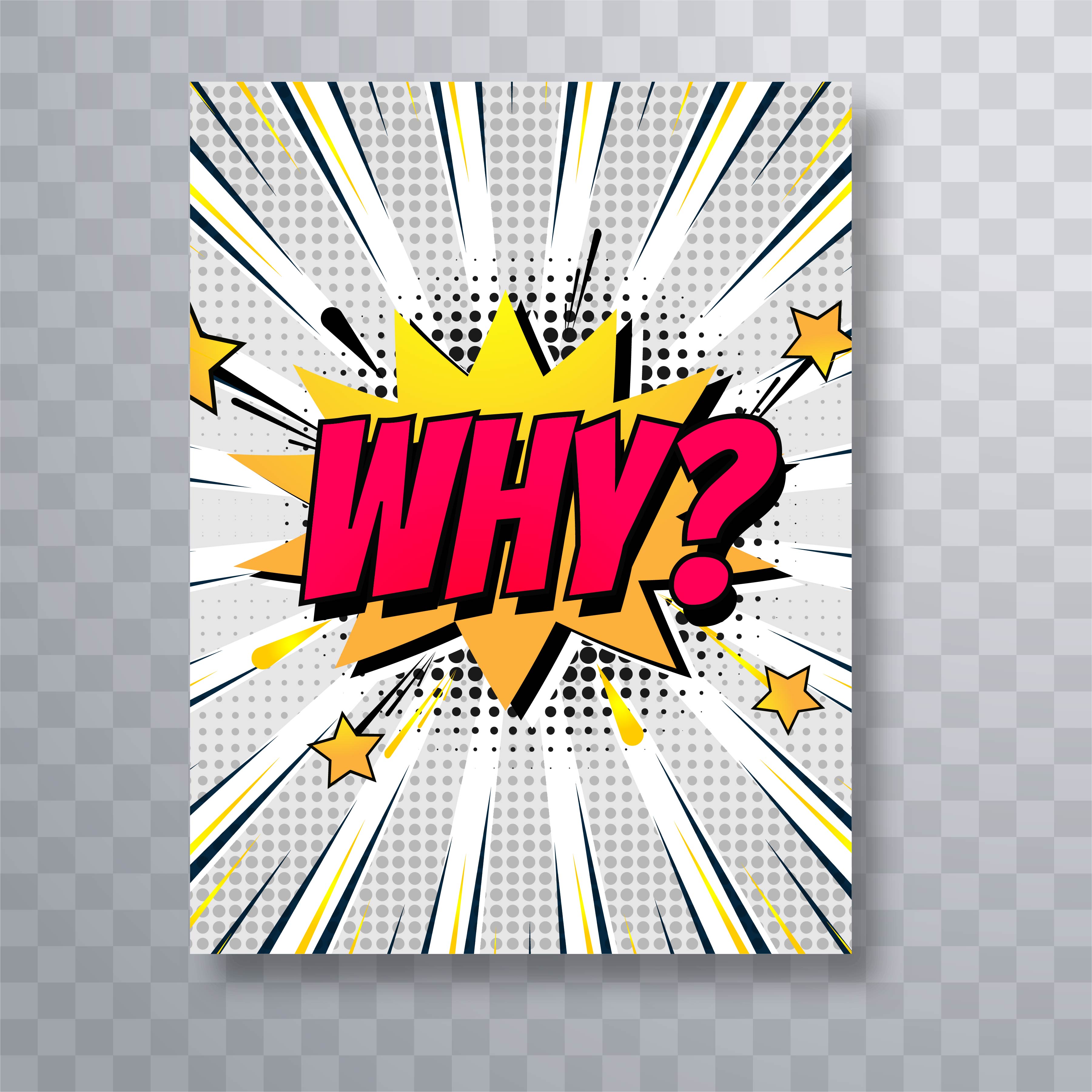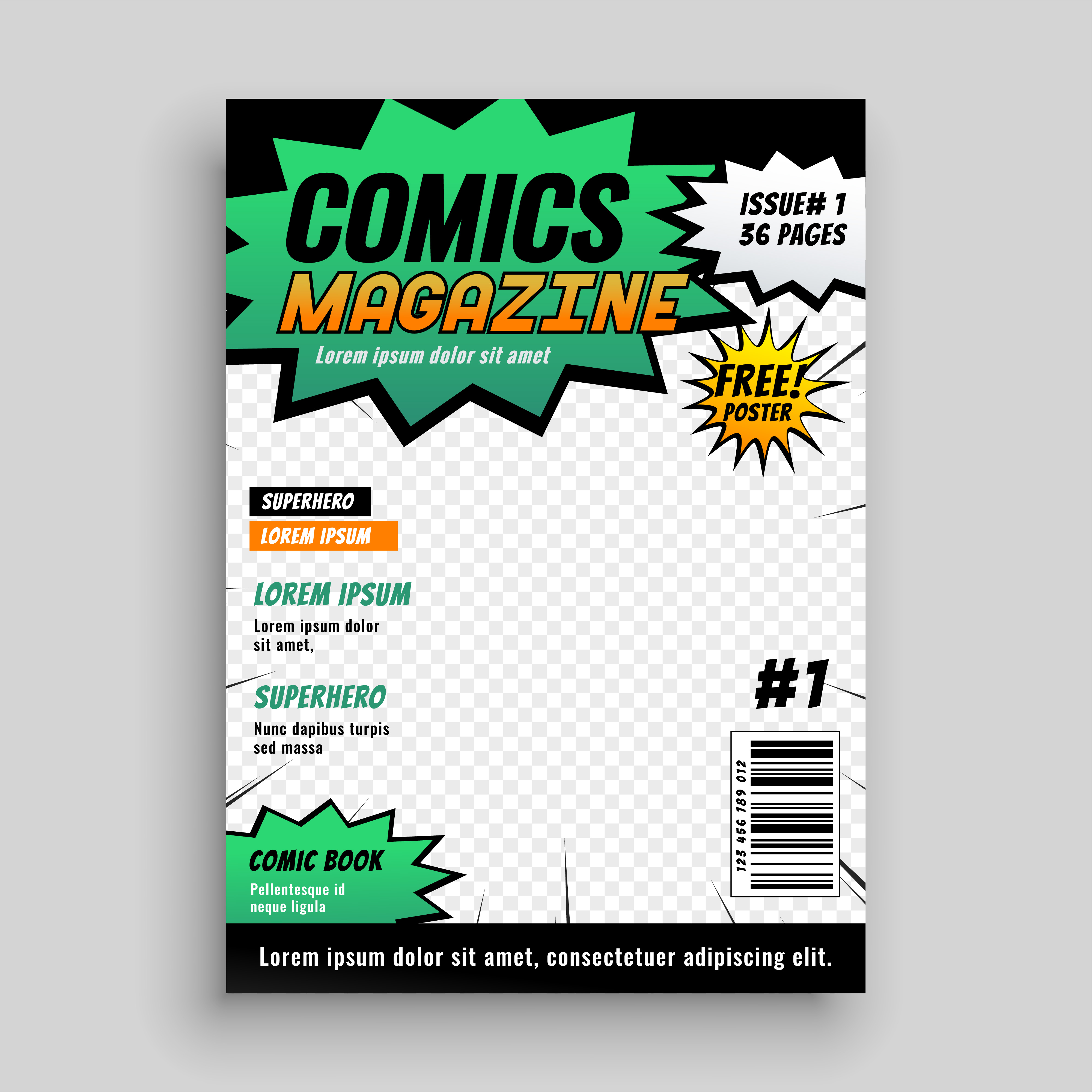Table Of Content

So who can I get to write the words in the captions and balloons? Obviously I am in the very beginning stages of the project but I would like to plan accordingly and create a great product. Next will come penciling and then inking your images, followed by adding in any color.
Start with a storyboard
Captions help enhance your story because they can clarify to the reader what is to be expected in the frame and set the scene. Starting early will also give you the time to find an illustrator who really works with you. Don’t rush into choosing your artist, and take time to review any potential illustrator’s previous work, and see whether their style is the one you want for your work. The great part about this is that you have total creative control; provided your artwork is appropriately formatted for your platform of choice, you can create and share it instantly.
Hatiye Garip's whimsical comic embraces tactility and audio to create an accessible publication - It's Nice That
Hatiye Garip's whimsical comic embraces tactility and audio to create an accessible publication.
Posted: Thu, 07 Dec 2023 08:00:00 GMT [source]
Elements of a Comic Book: How to Structure Your Comic Book Layout
If you want to give your reader a surprising plot twist, leave significant clues in plain sight! Having items lying around in wide shots can help foreshadow an upcoming event. For example, your panel could have a close-up shot of an object, indicating the object as important/valuable to the story or, it could have a distant shot establishing or setting the scene. You can lay out your panels the good old-fashioned way on a corkboard or whiteboard, or use storyboarding software like Storyboarder or Canva. If you’re working with an illustrator, having them storyboard first ensures the two of you are on the same page.
Using all the comic book elements in your comics layout
If you click the Embed button, Illustrator will make the image a part of the document. This increases the document size a bit, but for long projects it comes in handy. This is a little different than story boarding, though for a lot of creators Step 5 & 6 blend together.
If you completed your interior pages, you already know the drill. Using your thumbnail sketches as a reference, draw your cover illustration and title name in pencil first. When you are happy with the outlines, proportions, and spacing of everything, forge ahead. Take note of any minor design issues that you may have overlooked, and gather their feedback and suggestions on how you can make the cover look more appealing. I begin with thumbnails that move me through the story of a page. I will often layout each panel as an individual so things that will later be insets or big panels will all be the same size.
When creating your panels, think about what you want to convey to the reader and how you want to develop your story using different panel shots. Don’t let too much time pass in-between issues, though — you’ll want to be timely with your releases so that your story doesn’t lose momentum. Between editions, keep your fans engaged using social media, and share teasers from upcoming installments to keep your work fresh in readers’ minds. Sign up to meet 50+ amazing comic book artists for hire on Reedsy.
Creating a Hand-Crafted Style Webtoon
Try drawing the actions from your script using simple stick figures. Do not worry about making it look good—what is important is that your story can be understood in pictures just as well as in written form. This is the first time an Xbox Series X has been wrapped by a comic book, Microsoft said. And in now Microsoft tradition, it’s only available as part of a limited-time sweepstakes hosted on Xbox Twitter.
With our step-by-step guide, you’ll learn how to make a comic book cover that creates intrigue and captures your creative vision. Which characters would you like to place on the comic book cover? Only one main character, two main characters, a villain, a group of people, etc.? It's important to showcase the stars of your comics on the cover, whether it's the villain or the hero. Designing a comic book cover artwork is really a technique of composition, and there are a few guidelines to follow to deliver a captivating design, so let's go through them next. Removing panel borders tends to make the contents of two panels bleed together either making them confusing to read, or creating a sense that two actions are happening at once.
Print comics

On top of that, single-character covers tend to give a sense of uniqueness, mystery, and the unexpected. It's preferable to avoid too many characters on a cover, as it may look overcrowded and messy. The limited palette, favoring secondary colors, creates a mood of unease and complexity, expressing the novel's themes. For instance, sepia tones suggest a historical setting, while neon colors might be used for a futuristic world.
Remember, the perfect composition doesn’t always happen on the first try, so expect some trial and error. Experimenting with thumbnail sketches will help you create a final layout that is clear, balanced, and aligns with the content inside. The comic book illustration is the front face of the story. The main focus is on having the cover illustration reveal the content of the book. If anything, it should reveal a teaser illustration that intrigues customers to pick up and read what's happening within the comic.
Since I have the sketch to follow, I can just dive into inking how I feel like. This panel with the shocked expression seems fun so I go at it first. Using the Brush Tool, I import my ink brush from my previous tutorial, and start inking with long, lively strokes. Since we are going to use clipping masks, it does not matter if the lines are overlapping the borders. This makes the inking easier and more fun, since it means less constraints. In this tutorial we are going to look at the process behind creating a comic page.
Keep in mind the cover scene on a superhero comic will likely differ from that on a detective series, fantasy narrative, or horror comic. A good cover illustration needs to fit the genre and overall mood of the story, whether the goal is creating mystery, portraying courage, or showing a diverse cast of characters. So, choose the who and what of your cover scene carefully. A comic strip is a sequential art form that tells a story through a series of illustrated panels.

No comments:
Post a Comment